Adductor Brevis Muscle
What is Adductor brevis muscle?
The inner thigh’s adductor brevis muscle is a triangular and flat muscle. The medial aspect of the femur and the pubis are connected by this muscle. It is essential for the adductors of the thigh, a group of muscles that contains the adductor longus, adductor magnus, gracilis, and pectineus muscles.
These muscles in the inner thigh cause movement in the hip joint; thigh adduction, yet they likewise participate in flexion, external and internal rotation, and pelvic adjustment while standing or walking. A weak adductor of the thigh, the adductor brevis is one of the smallest muscles in this group.
Origin
The anterior surface of the inferior pubic ramus below the point of origination of the adductor longus
Insertion
The superior portion of the medial lip and the pectineal line of the Linea Aspera
Relations
The adductor brevis muscle is situated in the medial compartment of the thigh, anterior to the adductor magnus and posterior to the adductor longus. Superior is the obturator externus muscle and the medial circumflex femoral artery. The inferior aspect of the adductor brevis muscle runs alongside the gracilis and adductor magnus. Near the point where it joins the femur, the middle perforating artery enters the muscle.
In anatomical cross-sections and dissections, the Adductor brevis is distinguished from other adductors of the thigh by the fact that its anterior and posterior surfaces are crossed by the obturator nerve’s anterior and posterior branches, respectively.
Innervation
The majority of the adductors in the thigh are innervated by the obturator nerve. The lumbar plexus (anterior parts of spinal nerves L2-L4) is where the obturator nerve originates.
Blood supply
The adductor brevis muscle normally accepts its blood supply from the course for the adductors, which is a part of the profound femoral vein (profunda femoris). It can likewise be to some extent provided by the obturator and medial circumflex femoral artery. By following its artery’s path before emptying into the femoral vein, the deep femoral vein removes venous blood from this region.
Function
The adductor brevis muscle’s primary function is, as its name suggests, adduction of the thigh. During the step cycle and when the thigh is flexed, this activity is especially dynamic. The adductor brevis also controls the hip’s external rotation and flexion.
All adductors of the thigh pull the leg medially when walking. Thusly, they help to stay aware of balance and shift the point of meeting of gravity onto the supporting foot, while standing and walking. The same muscle group is also needed to cross our legs.
Clinical Relevance
Medial leg and groin aches are regularly generated by adductor tendinopathy, particularly in athletes. In sports like ice skating, horseback riding, soccer, football, karate, and running, it is common. Sudden changes in direction stress the tendon, typically at its origin, resulting in quick adduction against a large abduction force. It is caused by muscles that aren’t in the right position, usually combined with a bad warm-up and not enough stretching.
Adductor brevis muscle stretching
Supine Wall Stretch
Procedure: In a supine position in front of a wall, where you have the greatest advantage over the wall.
As you get as close to the wall as you can, keep your hamstrings stretched out in a way that feels good.
Maintain a straight leg while they open slowly until you feel a stretch in the inner side of the legs.
Keep stretching for 15 to 30 seconds.
Repeat two to three times.

Frogger stretch
Procedure: With your lower arms on the ground and your feet wider than your knees, begin.
Make an effort to always keep the inner part of your feet on the ground.
To feel the stretch in your inner thighs, sit with your buttocks touching your heels.
Continue the stretch after a brief pause of about 10 to 15 seconds.
Repeat two to three times and somewhere in the range of eight times.
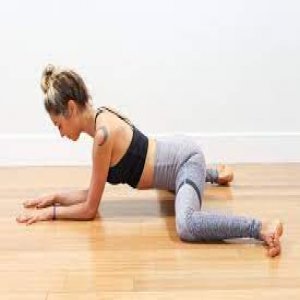
Adductor brevis muscle strengthening
Squat Side Kick
Procedure: The squat side kick bodyweight exercise is a great all-around lower limb exercise because it works both the adductors and abductors.
This exercise combines two movements that help stretch and strengthen muscles, both of which are important for reducing the risk of groin pain.
Standing with your hands together in front of you and your shoulders hip-width apart is required for the Squat Side Kick exercise.
Flexed your knees until your thighs are lined up with the floor, then stand up and move your weight to your right leg while throwing out the passed-on leg aside.
Return to the squatting position and then do it again. The same activity performs on the other leg.
Note: Your core muscles may be locked in all through the motion with your back straight, and chest up, and don’t allow your knees to reach out past your toes while squatting.
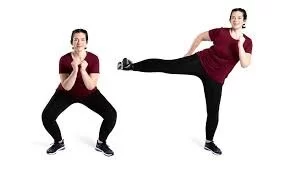
Sumo Squat
Procedure: In addition to the inward thighs, muscles in the lower limb will be used in this type of squatting.
Keep your back straight and your chest up throughout the exercise.
Despite having a smaller range of motion than a standard squat, the sumo squat is still a useful exercise that can be included in routine workouts.
You must stand with your outside hand out, wider than your shoulder, for this exercise.
Maintaining a straight back, lower your hips and chest up into a squatting position until your thighs are parallel to the ground.
After pushing off through the ground, return to the starting position.
Note: If you want to get more out of your exercise, grab a portable weight.
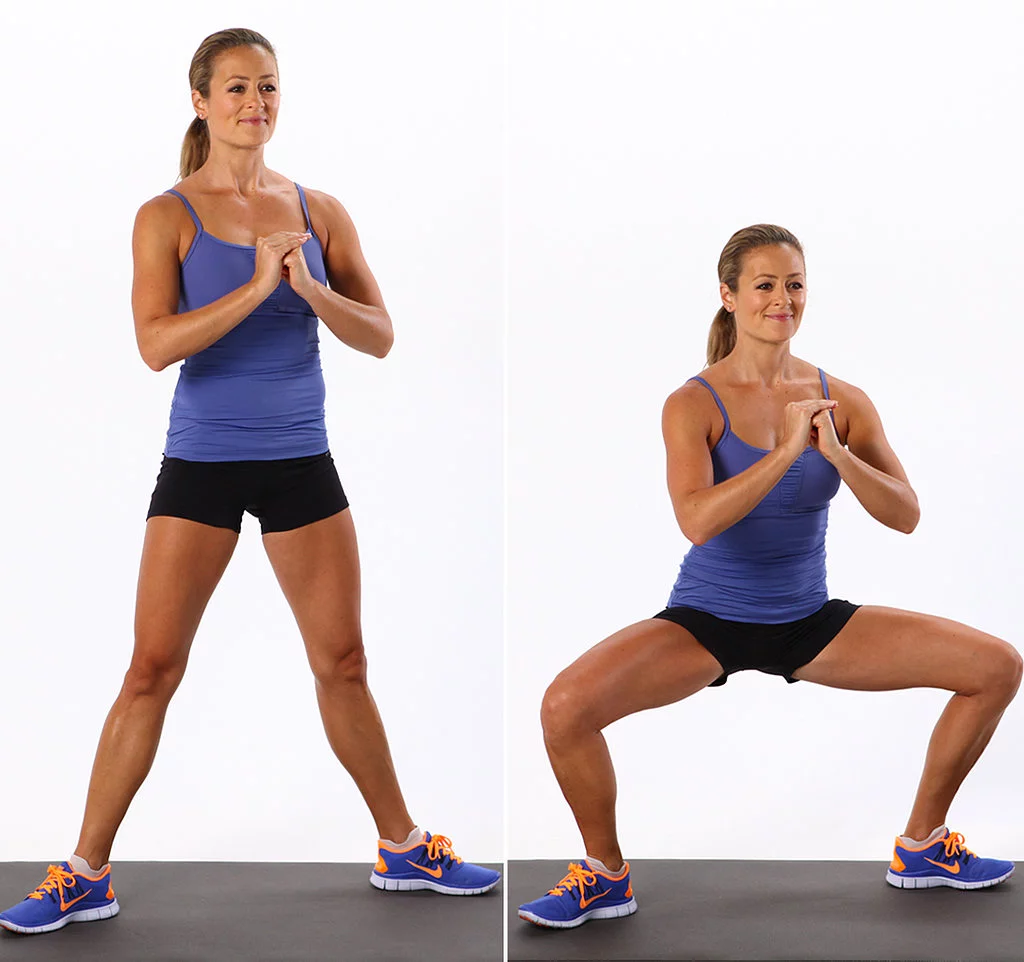
Cross Scissors
Procedure: This is the best movement to work the hip adductor muscles and the middle muscle meanwhile.
As you anticipate remaining in a crunched position throughout the process, cross-scissors are challenging.
Folding your legs before you need to contract all of your balancing muscles will help you keep up with this situation.
For this exercise, sit down and brace yourself by placing your hands back to you on the floor. Raise one leg off the ground in front of you at a 30- to 40-degree angle with one leg crossed over the other.
In a semi-V position, bring your legs out to the sides and close them while moving the other leg over, locking your center muscle throughout the movement.
For 10 to 20 repetitions on each side, this should be done with an alternate leg.
Note: By sitting in a V position and not propping the upper limb with your arms, you can make cross scissors harder.
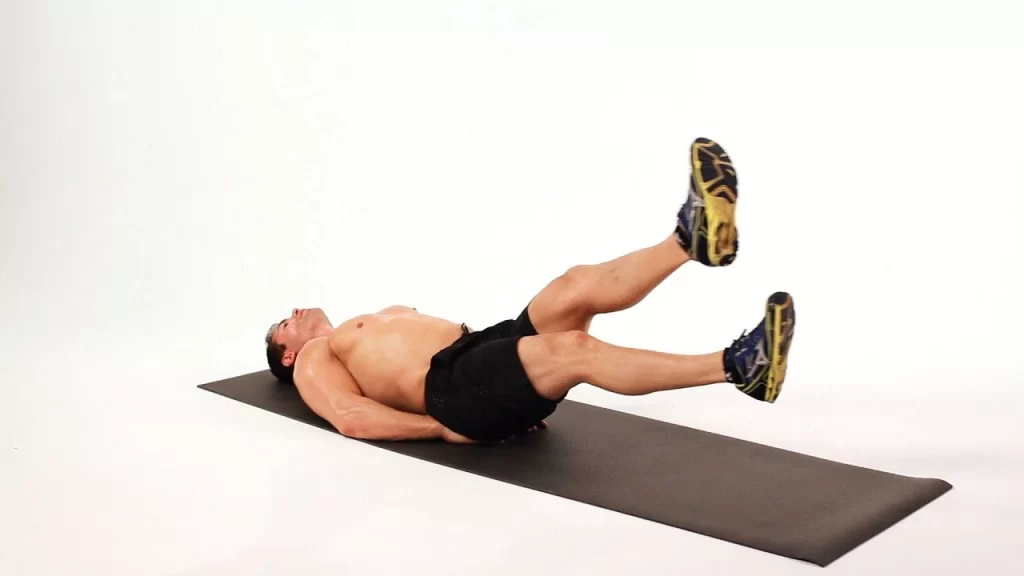
FAQ
Why does my adductor brevis hurt?
Adductor strain is a typical reason for groin aches and injuries in athletics. Risk factors contain age, weak adductors, muscle exhaustion, the diminished scope of movement, deficient adductor muscle complex stretching, and past hip or groin wounds.
How do you heal adductor brevis?
Conservative treatment is possible for most strains of the adductor muscle. The integration of activity to change at the beginning of treatment may briefly consolidate supports. Ice and a sedative are ideal for severe muscle strains. As secondary effects decline, sensitive expansions are appropriate for reinforcing works out.
How do you stretch the adductor brevis?
Sit on the floor with your feet together in front of you and your knees bent and outstretched. To increase the stretch, you can push kneeling with your elbows. For thirty seconds, remain in this position.
What are the symptoms of tight adductor brevis?
Backache, knee ache, hip ache, groin ache, and even changes by the way we walk and rest can be generally brought about by close adductors. The adductor muscles, according to research, collaborate to stabilize the pelvis from side to side.
What nerve is supplied to the adductor brevis?
The obturator nerve’s anterior and posterior segments innervate both sides of the adductor brevis.


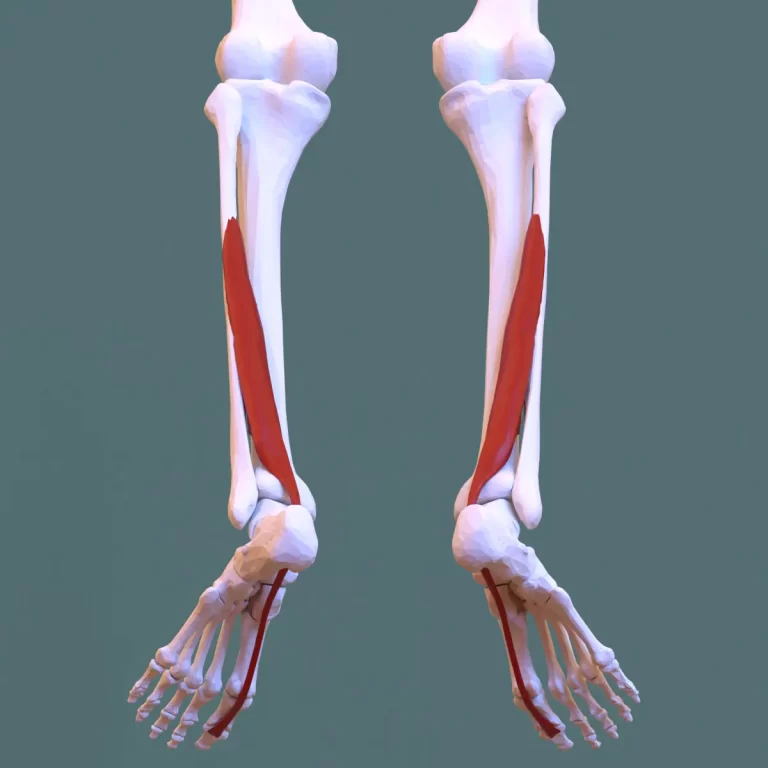
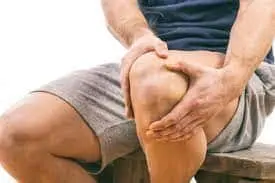
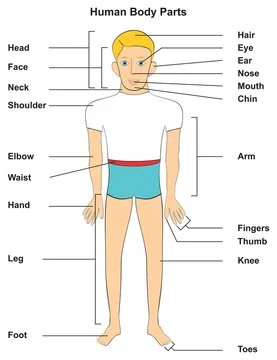


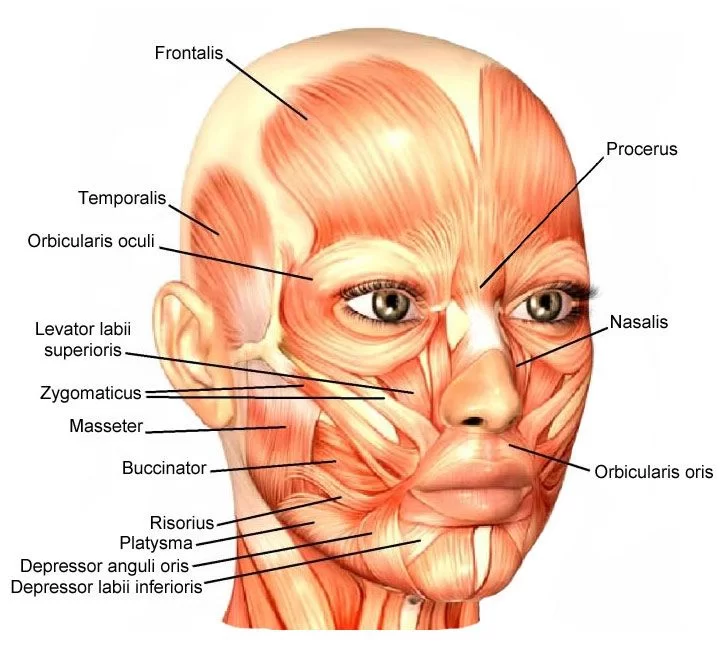
4 Comments